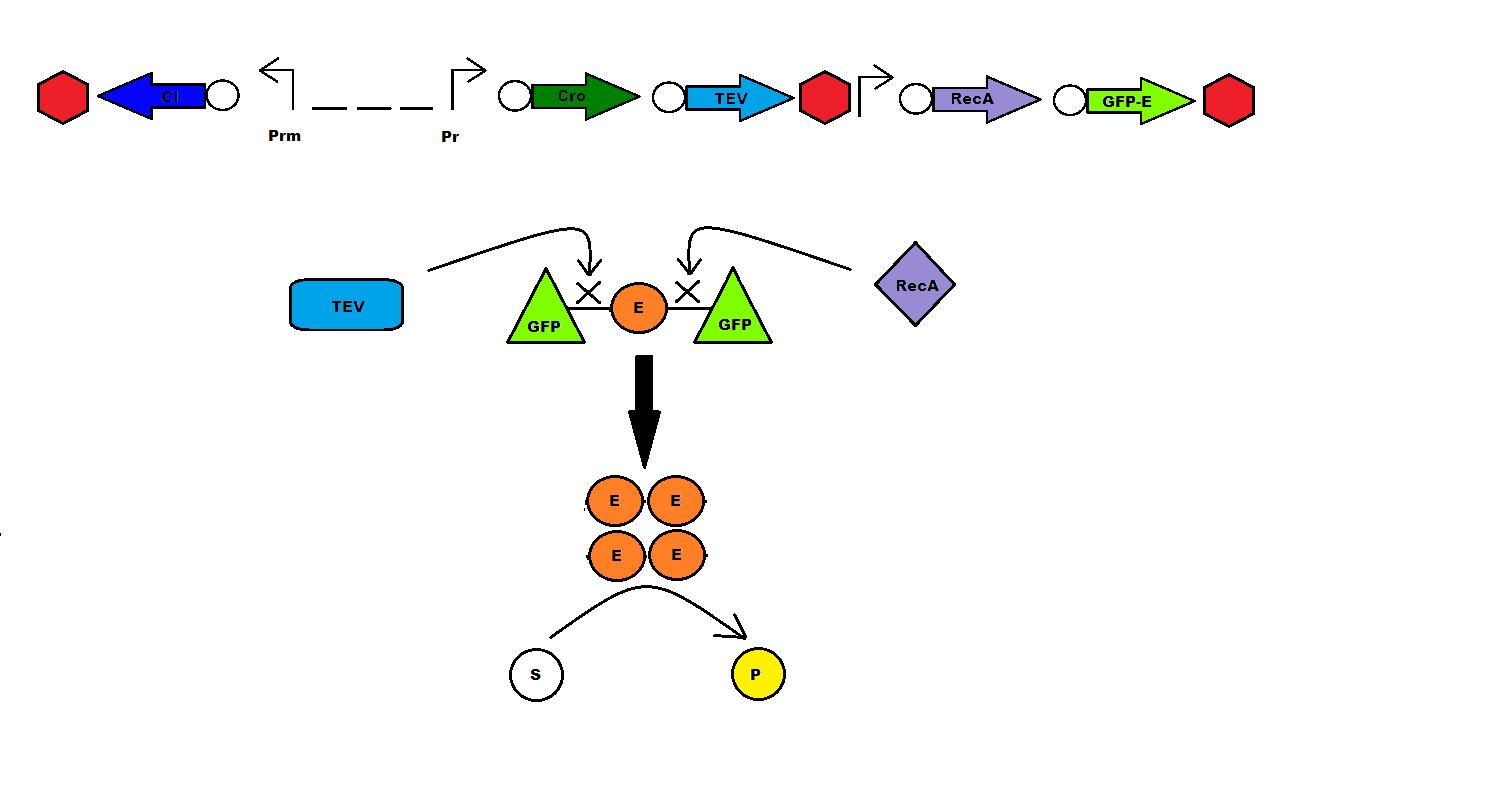Team:Penn State/Project
From 2011.igem.org
| Line 8: | Line 8: | ||
| - | == '''Overall project''' == | + | == '''Overall project: Bacterial Dosimeter''' == |
| - | + | ||
| - | + | Radiation of one form or another is a constant presence throughout our every day lives. Radiation, or the transmission and absorption of energy over a given distance, has proven an invaluable technology useful in applications for everything from heating our food to diagnosing and treating diseases. | |
| - | + | ||
| - | + | All types of radiation can be divided into two categories: non-ionizing and ionizing. Non-ionizing radiation (consisting of radio, micro, and visible light waves) contains less energy and has a relatively small effect on living organisms that has only recently been studied. Ionizing radiation, however, contains a much greater amount of energy capable of ionizing atoms which can lead to harmful effects on living tissue. This category of radiation encompasses alpha and beta decay as well as neutron, X-ray, and gamma radiation. | |
| - | + | ||
| - | + | ||
<center>[[Image:Circuitpic2.JPG|900px]]</center> | <center>[[Image:Circuitpic2.JPG|900px]]</center> | ||
| Line 53: | Line 51: | ||
!align="center"|[[Team:Penn_State/Safety|<span style="color:#FFFFFF;">Safety</span>]] | !align="center"|[[Team:Penn_State/Safety|<span style="color:#FFFFFF;">Safety</span>]] | ||
!align="center"|[[Team:Penn_State/Attributions|<span style="color:#FFFFFF;">Attributions</span>]] | !align="center"|[[Team:Penn_State/Attributions|<span style="color:#FFFFFF;">Attributions</span>]] | ||
| - | |||
| - | |||
|} | |} | ||
Revision as of 18:50, 16 June 2011
Contents |
Overall project: Bacterial Dosimeter
Radiation of one form or another is a constant presence throughout our every day lives. Radiation, or the transmission and absorption of energy over a given distance, has proven an invaluable technology useful in applications for everything from heating our food to diagnosing and treating diseases.
All types of radiation can be divided into two categories: non-ionizing and ionizing. Non-ionizing radiation (consisting of radio, micro, and visible light waves) contains less energy and has a relatively small effect on living organisms that has only recently been studied. Ionizing radiation, however, contains a much greater amount of energy capable of ionizing atoms which can lead to harmful effects on living tissue. This category of radiation encompasses alpha and beta decay as well as neutron, X-ray, and gamma radiation.

Project Details
Part 2
The Experiments
Part 3
Results
| Home | Team | Penn State Official Team Profile | Project | Parts Submitted to the Registry | Modeling | Notebook | Safety | Attributions |
|---|
 "
"